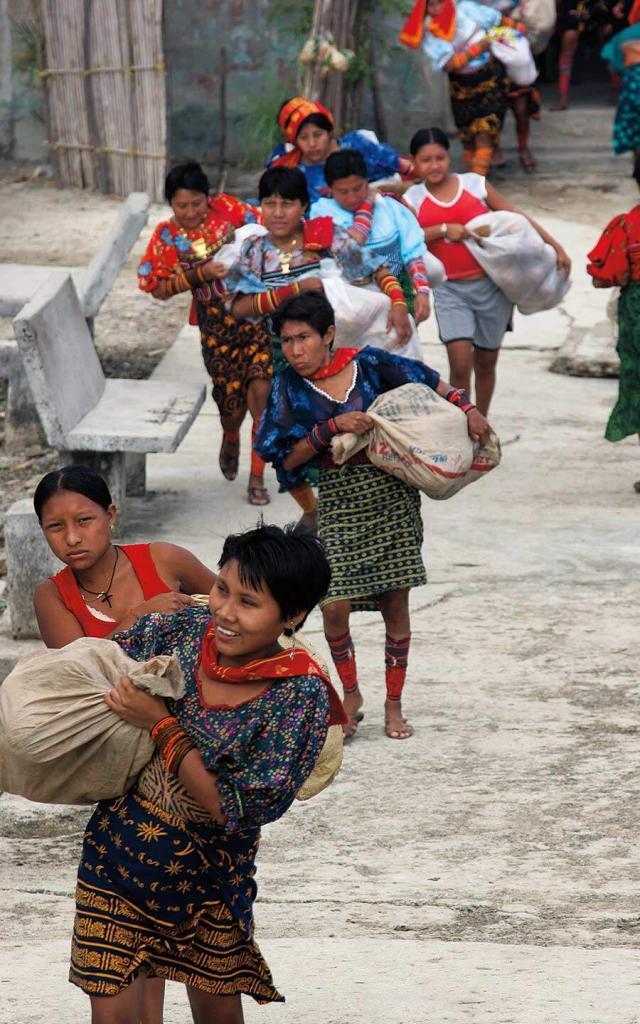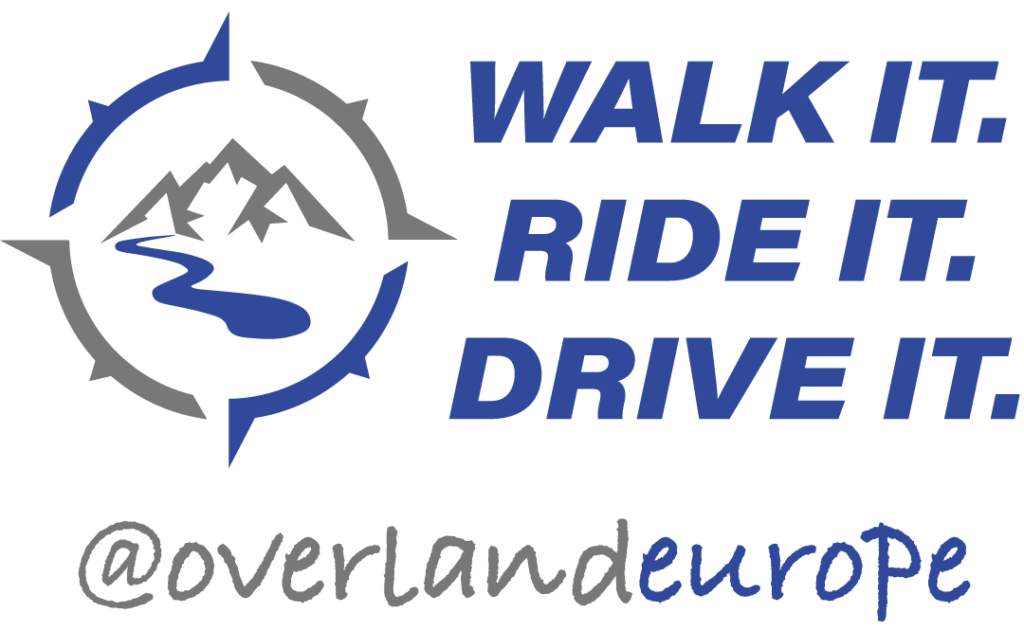Just after my 24th birthday, I flew from New York City to a farm in Ohio and bought my first motorcycle, a Honda Shadow ACE 750, for $5,000 cash. The idea was to untangle some of my big life decisions by seeing the country on it, a plan that inspired equal parts exhilaration and gripping fear in me, which felt like the proper equation for adventure.
The original plan was to ride from New York to California and back, but wandering can be an enchanting business. Eighteen months later, still under the spell, I put two feet down in Panama. After clearing Guatemalan mud pits, Salvadoran police escorts, and a Nicaraguan election campaign, I pushed onward to South America.
The Pan-American Highway that runs the length of North and South America had been my main route through Central America, but it breaks at a village called Yaviza in Panama, leaving a 62-mile swath of jungle and swampland with no major access before it picks up again in Turbo, Colombia. This unpaved stretch between continents is the famed Darién Gap, and was at the time fertile ground for disappearances, robberies, and other nefarious deeds.
Instead of tempting fate, I followed the Panama Canal to its east side where it spits out into the Caribbean Sea at the crumbling, colonial port town of Colón. In it was the Panama Canal Yacht Club, a green and white cinderblock building with a Chinese restaurant attached, where sailboats were said to sometimes ferry skinny dual-sport bikes across the Caribbean to Cartagena, Colombia. But my meaty low-slung cruiser was rejected by every sailor readying to cross. “Too much of a liability,” they said.
The search for a ride was eating time, and desperation landed me at Dock #3—a short, off-kilter slab of cement and the base for Colón’s “less official” maritime business. There was a reclaimed Colombian fishing boat: named the Don José, with rust spots smeared down its side and green tarps pulled over the main deck that was taking a load of goods from Panama’s Zona Libre (its massive duty-free zone) back to Colombia. Its owner was fat, dressed head to toe in designer knockoffs, and open to new cashflow ideas.
He’d gotten wise to the coconut oil boom early on, and explained in Spanish I sort of understood that in addition to his duty-free hustle, he planned to spend seven days at sea buying a haul of coconuts from a network of island gatherers.
I paid him $300 cash, met the 10-man crew at a crowded casino/discotheque on a Thursday night, and on Friday we sailed. We motored around the islands of the San Blas Archipelago, a cluster of white sand dots in the Caribbean, to buy coconuts from the indigenous Kuna people. The women there paraded toward us in patterned, primary-colored molas with ornate headbands and beaded jewelry around their wrists, ankles, and necks, carrying burlap sacks full of coconuts. The crew counted their stocks out one by one, and the captain paid them 10 cents for each coconut: I watched him hand over $2.40, $6.80, $1.70, and so on. It was a slow, steady labor.

On the boat, the men were listless at first, but after 48 hours the boredom of the sea turned the tide to my favor, and they warmed to small amusements. A wooden door was dragged out and turned into a card table. They’d bait a line (no pole) and let me fish with the cook for our dinner. (The side dishes were invariably coconut-seasoned.) They taught me how to make a toy sailboat out of a coconut and gave me a lecture about sharks when I jumped off the side of the docked boat. I trusted them.
They were also doing good business. They’d collected 80,000 coconuts which filled the main deck, burying the motorcycle and other cargo they’d picked up in Panama.
We made it to the Colombian coast at dawn on a Friday morning after the promised seven days at sea. It’s rare that the magnitude of a situation in the moment it’s happening feels as big as it will later (after retold and ballooned by nostalgia), but the sight of a new continent after a true voyage pulled at some buried emotion inherited from ancestral explorers. I crouched on top of the coconuts in a wet, salty sleeping bag and marveled at the Colombian shoreline. It was a moment of pure magic that etched itself into my permanent memory. Even more so because of the next words I heard uttered by a crew member: “This is your stop.”
It didn’t make sense. All that was visible ashore was jungle and beach—no town, no dock. But in a matter of minutes there was a tiny, prop-engine boat next to ours. They used the ship’s pulley system to harness the bike and lower it over the side into this new baby boat, then tossed my bags over, held me by the wrists, and dropped me into the craft with two new Colombians.
They motored me to a deserted swatch of beach—as in, on the sand—that belonged to a country famed for its guerilla warfare. I didn’t know where I was and had no form of communication, passport stamp, or customs papers. The adventure equation seemed absent of exhilaration, and the scales tipped toward panic and fear.
Somewhere in the island-going fun, I’d lost track of the fact that I was running with a band of (harmless) Colombian contrabandistas. This was not a passenger ship; my foreign motorcycle and yours truly were just as much a part of the contraband as anything else.
But travel mercies are a gracious friend to youthful naïvete. There was a foot trail into the jungle, smoke rising from somewhere beyond the first line of trees, and enough dead palm fronds to make a path through the sand. Further down was a Colombian village, whose residents would be surprised to see one blonde girl and one beastly motorcycle, having just ridden straight from the sea at 7:45 in the morning. They pointed me in the right direction and the adventure equation balanced.
This article was first published in the Summer 2016 editino of Overland Journal Europe. Words and image: Tracy Motz.




